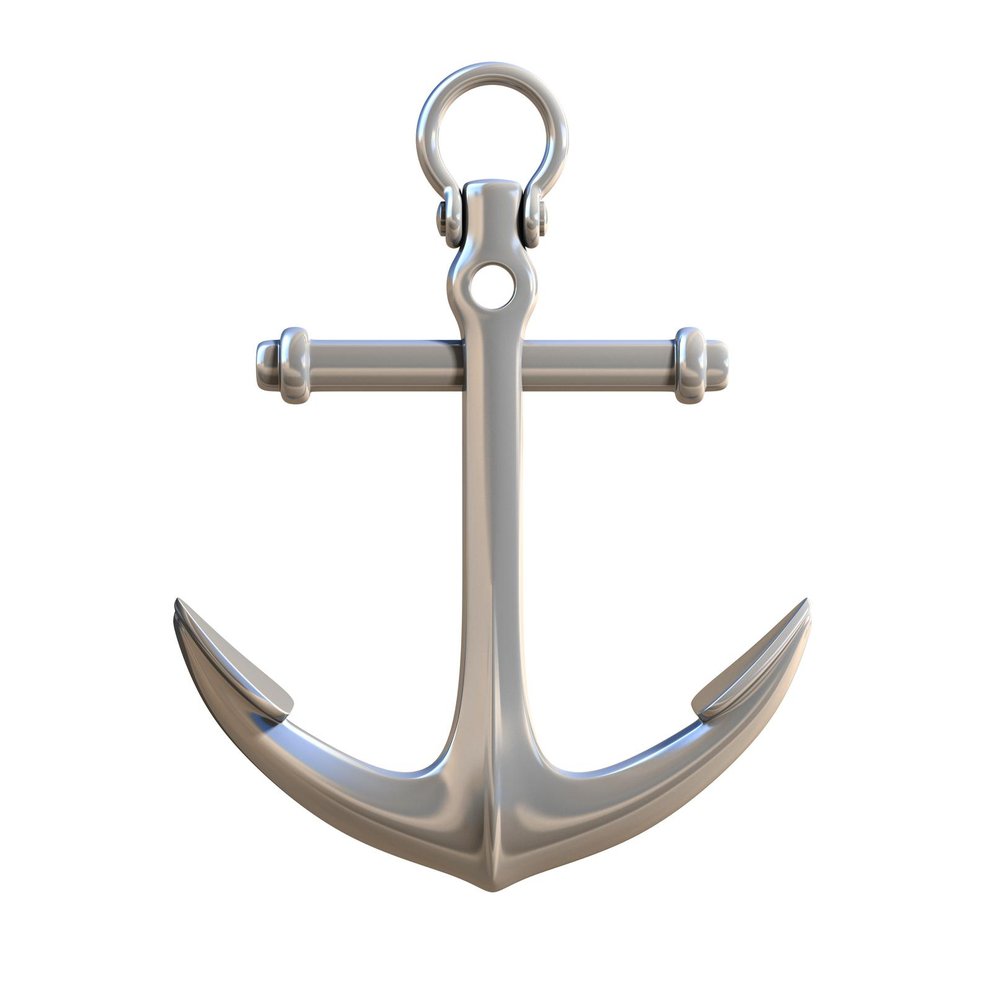With the v2 RIPE Atlas anchors no longer in production, we're busy looking at new hardware options. Here's the story so far.
See the bottom of this article for the updates.
RIPE Atlas anchors have been an integral part of the RIPE Atlas network since its beginning. Anchors are highly stable probes designed for installation in data centres so as to provide a reliable set of vantage points across the network.
The first generation of anchors ran on Dell servers. These 'version 1' anchors were quite expensive, so for their successor, we looked at cheaper alternatives. After some deliberation, we chose the Soekris net6501 as our version 2 anchor, which we've been deploying for several years. At present, 271 Sokeris based anchors are deployed on the RIPE Atlas network.
The Next Generation
Unfortunately, Soekris Engineering suspended operations in the USA quite suddenly at the end of April 2017 (more information at www.soekris.com). This means there will be no further production of the net6501 product line. As a result, we're now looking at our options for a version 3 anchor. There are several conditions we want the new solution to meet:
- No moving parts
- 19" rack mountable
- 1U high
- At least one onboard gigabit NIC
- 2GB of RAM or more
- Supported in CentOS 7
- Recent design (long hardware lifetime)
- Able to boot from USB thumb drives
- Support mSATA or m.2 SSD storage
- Readily available worldwide
- Installation procedure similar to v2 Anchor
- 3 year warranty minimum
- Cheap
- Upgradable to 10GBit ethernet
After looking around, we were not able to find any candidates that meet all these requirements out of the box, so some concessions will have to be made.
After following up with interested parties and reviewing comments received in response to a presentation on the situation at RIPE 74, we decided to test a few models from two vendors to see how well they fare. From PCEngines we have the APU2 and from Netgate we have the SG-2220 and the SG-4860. All three models come close to meeting all the requirements, but it's still too early to pick the definitive winner. We're hoping to announce the new v3 anchor hardware by mid-September.
New Applications
Given all of the above, whilst we shall continue to accept new applications for RIPE Atlas anchors, those applications will be held until the new v3 hardware has been selected. We expect to resume the normal application process and start shipping the new anchors around mid-September. We'll continue to keep you updated on our progress in selecting the next generation of RIPE Atlas anchors.
____
Update 8 September 2017:
We’ve chosen a new model for the RIPE Atlas v3 Anchors. The hardware we finally opted for is the PC Engines APU2. As well as being cheaper than the previous generation of anchors, this model meets the majority of requirements we listed in the above article. Whilst we still have a couple of minor logistical details to resolve, we look set to meet our mid-September deadline to resume shipping of RIPE Atlas anchors.
Update 3 August 2017:
We have concluded our round of hardware testing with the three models and have found all of them to be suitable for use as a RIPE Atlas Anchor. They meet most of the listed requirements and our existing tools and processes need only very minor changes to support them.
The final decision on which model we will use now depends on other, non-technical, aspects (global availability, pricing, etc.).
Update 19 July 2017:
Some people were wondering if we've also been taking environmental considerations into account in making our decision on the new hardware. In short, we have. Sustainability is an important issue to us here at the RIPE NCC; for further discussion on this, see here and here. That said, all the hardware options we're looking at have very low power consumption.
We would also like to reassure all our anchor hosts that our supplier has a sufficient stock of v2 anchors to be able to satisfy RMAs for the current hardware.
In response to comments regarding VM anchors, it is worth emphasising that the current issue bears on the continuation and sustainability of hardware anchors and does not have any impact on our approach regarding VM.



Comments 4
The comments section is closed for articles published more than a year ago. If you'd like to inform us of any issues, please contact us.
Sander •
Most of those requirements could also be met by virtual hardware ;-)
RobJE •
Have a look at PC engines APU range. APU 3B2/3B4 (2GB and 4GB RAM respectively) ticks most boxes and has an optional header for PCI express (J12) on the edge of the board, that might allow for a 10Gbps NIC. Have had good experience with their predecessor ALIX an currently deploying a few APU 3B4 for management purposes.
Gert •
@RobjE: is there anyone building a 19" case for the APU2 which has a slot opening & mounting etc. to fit in a PCIe card? I've seen the PCIe headers, but the only 19" case I'm aware of has no slot openings.
John Hannam •
Can you explain in further detail as to the reason for not have VM Anchors and VM Probes at this time? thanks